-
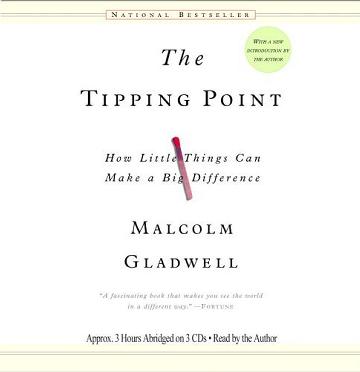
The Tipping Point
The Tipping Point is that magical moment when an idea, trend, or social behaviour crosses a threshhold, tips, and spreads like wildfire. Just as a sick individual in a crowded store can start can epidemic of the flu, so too can a small but precisely targeted push cause a fashion trend or the popularity of a new restaurant to take off overnightor crime or drug use to taper off. Gladwell has explored this theory to great acclaim in several articles in The New Yorker. Here, he shows how very minor adjustments in products and ideas can make them more likely to become hugely popular. He reveals how east it is to cause group behaviour to tip in a desirable direction by making small changes in our immediate environment. The Tipping Point contains a profoundly hopeful idea that people will embrace for its sense and simplicity: one imaginative person, applying a well-placed lever, can move the world. Examples are recognizable: in the New York subways, removing graffiti caused a dramatic reduction in crime; a specific hip group of teenagers wore Hush Puppies and suddenly sparked a national craze. This is a book that should be read by everyone in business, politics, marketing, advertising, and anyone interested in trends, fashion, fads, policy making, and human behaviour. In other words, all of us. -
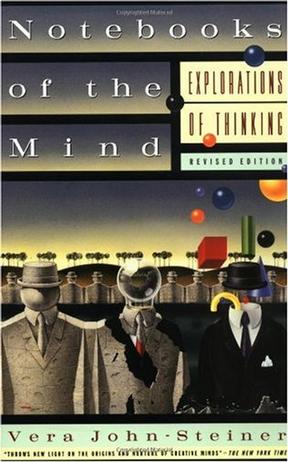
Notebooks of the Mind
How do creative people think? Do great works of the imagination originate in words or in images? Is there a rational explanation for the sudden appearance of geniuses like Mozart or Einstein? Such questions have fascinated people for centuries; only in recent years, however, has cognitive psychology been able to provide some clues to the mysterious process of creativity. In this revised edition of Notebooks of the Mind, Vera John-Steiner combines imaginative insight with scientific precision to produce a startling account of the human mind working at its highest potential. To approach her subject John-Steiner goes directly to the source, assembling the thoughts of "experienced thinkers"--artists, philosophers, writers, and scientists able to reflect on their own imaginative patterns. More than fifty interviews (with figures ranging from Jessica Mitford to Aaron Copland), along with excerpts from the diaries, letters, and autobiographies of such gifted giants as Leo Tolstoy, Marie Curie, and Diego Rivera, among others, provide illuminating insights into creative activity. We read, for example, of Darwin's preoccupation with the image of nature as a branched tree while working on his concept of evolution. Mozart testifies to the vital influence on his mature art of the wondrous "bag of memories" he retained from childhood. Anais Nin describes her sense of words as oppressive, explaining how imagistic free association freed her as a writer. Adding these personal accounts to laboratory studies of thought process, John-Steiner takes a refreshingly holistic approach to the question of creativity. What emerges is an intriguing demonstration of how specific socio-cultural circumstances interact with certain personality traits to encourage the creative mind. Among the topics examined here are the importance of childhood mentor figures; the lengthy apprenticeship of the talented person; and the development of self- expression through highly individualistic languages, whether in images, movement or inner speech. Now, with a new introduction, this award-winning book provides an uniquely broad-based study of the origins, development and fruits of human inspiration. -
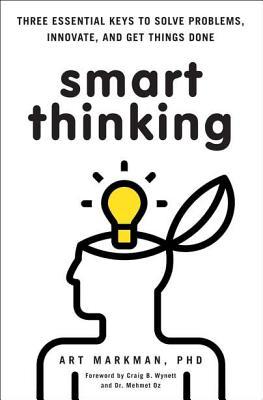
Smart Thinking
Think smart people are just born that way? Think again. Drawing on diverse studies of the mind, from psychology to linguistics, philosophy, and learning science, Art Markman, Ph.D., demonstrates the difference between "smart thinking" and raw intelligence, showing readers how memory works, how to learn effectively, and how to use knowledge to get things done. He then introduces his own three-part formula for readers to employ "smart thinking" in their daily lives. "Smart Thinking" gives readers: *The means to replace self-limiting habits with new behaviors that foster smart thinking *An understanding of the mind itself as well as memory *The ability to define and solve problems by finding and applying relevant knowledge *Ways to present and process information effectively -
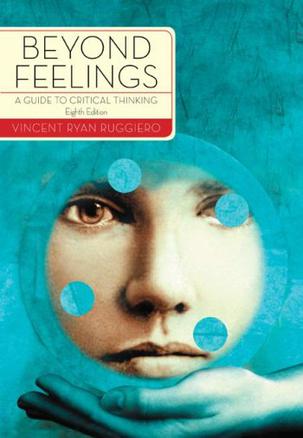
Beyond Feelings
This succinct, interdisciplinary introduction to critical thinking successfully dares students to question their own assumptions and to enlarge their thinking through the analysis of the most common problems associated with everyday reasoning. The text offers a unique and effective organization: Part I explains the fundamental concepts; Part II describes the most common barriers to critical thinking; Part III offers strategies for overcoming those barriers. -
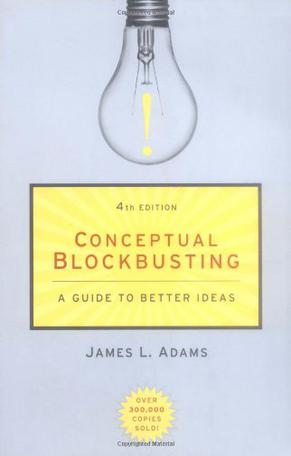
Conceptual Blockbusting
The best-selling guide to overcoming creative blocks and unleashing a torrent of great ideas-updated for a new generation of problem solvers. James Adams's unique approach to generating ideas and solving problems has captivated, inspired, and guided thousands of people from all walks of life. Now, twenty-five years after its original publication, Conceptual Blockbusting has never been more relevant, powerful, or fresh. Integrating insights from the worlds of psychology, engineering, management, art, and philosophy, Adams identifies the key blocks (perceptual, emotional, cultural, environmental, intellectual, and expressive) that prevent us from realizing the full potential of our fertile minds. Employing unconventional exercises and other interactive elements, Adams shows individuals, teams, and organizations how to overcome these blocks, embrace alternative ways of thinking about complex problems, and celebrate the joy of creativity. With new examples and contemporary references, Conceptual Blockbusting is guaranteed to introduce a new generation of readers to a world of new possibilities. -
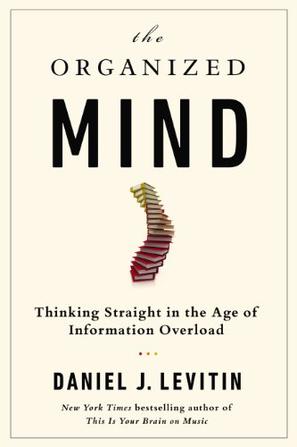
The Organized Mind